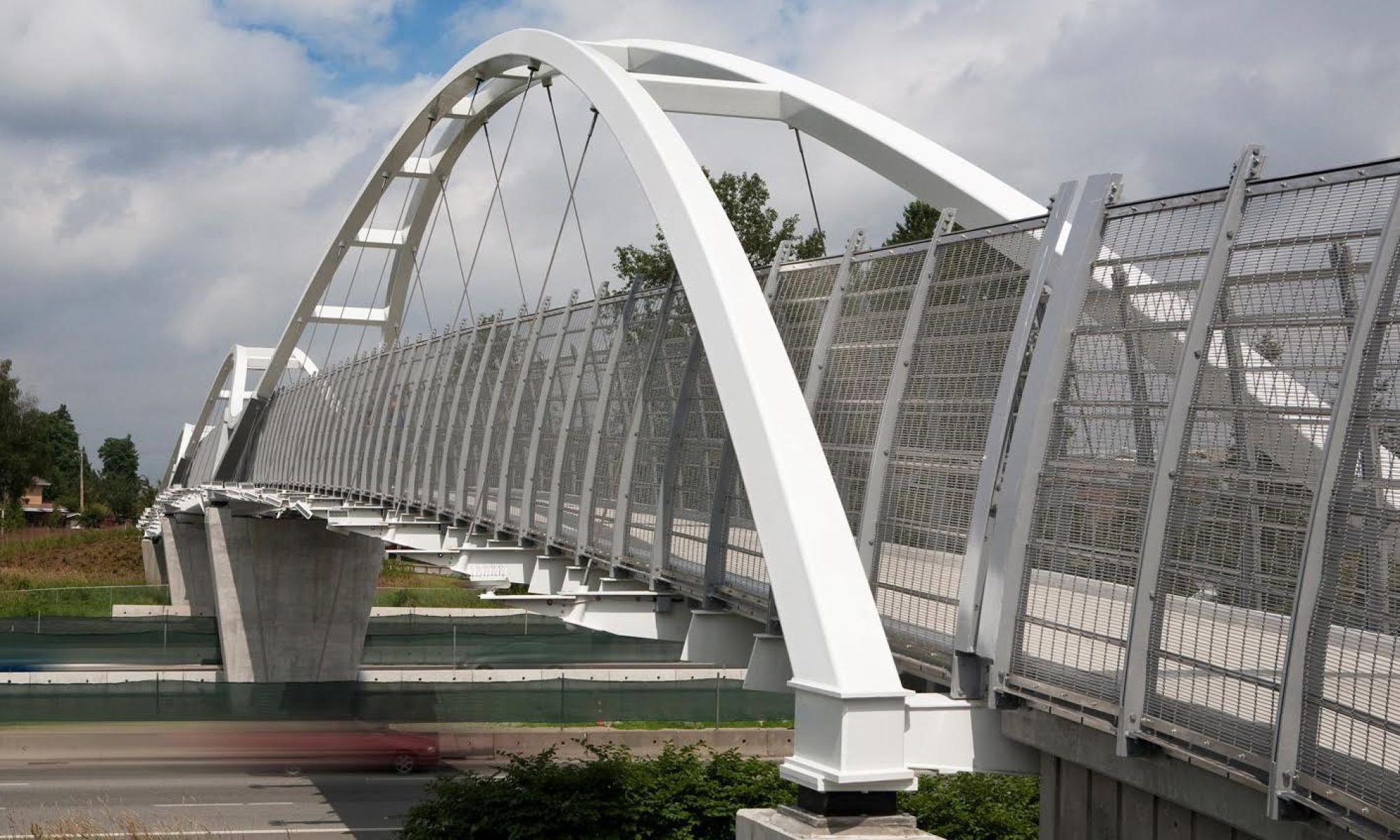Description
Tall reinforced concrete shear wall buildings (RCSW) are predominant in Metro Vancouver. These buildings have the potential to experience large-magnitude earthquakes generated by the Cascadia Subduction Zone (CSZ). Furthermore, the region lies above the Georgia sedimentary basin, which can amplify the intensity of ground motions at medium-to-long periods and the resulting damage in tall structures.
The Department of Civil Engineering at University of British Columbia performed a study with the goal to provide insights into the effects of the Georgia sedimentary basin amplification on:
- spectral accelerations associated with M9 CSZ earthquakes,
- resulting force- and deformation-controlled actions in tall RCSW buildings, and
- ensuing earthquake induced repair costs and times.
To this end, a suite of physics-based ground motion simulations of a range of M9 CSZ earthquake scenarios, which explicitly consider basin effects were used. These scenarios were benchmarked against a range of seismic hazard intensities, as defined in Canada’s 2015 National Seismic Hazard Model (NSHM), which neglects basin effects. Relevant ground motions were propagated through a suite of archetype RCSW buildings designed to comply with the requirements of the 2015 National Building Code of Canada (NBC) at eight locations throughout Metro Vancouver with distinct basin depths.
Finally, this study provided recommendations on basin amplification factors that could be applied to the 2015 NSHM design spectra using the M9 ground motion simulations, as well as BC Hydro’s empirical Ground Motion Model (GMM) for CSZ interface earthquakes, which is used in the 2015 NSHM.
Presenters:
Alireza Eksir Monfared, Graduate Research Assistant, Structural & Earthquake Engineering
Department of Civil Engineering, UBC
Carlos Molina Hutt, PhD PE CEng, Assistant Professor of Structural Engineering
Department of Civil Engineering, UBC
Date: Friday, October 16
Time: 12:00 PM to 1:00 PM
Webinar: Zoom meeting details will be provided to attedees
In-person attendance: Option to attend in-person at the webinar host studio located at Studio 7, 625 Hillside Ave, Victoria. Contact Thor Tandy at island(Replace this parenthesis with the @ sign)seabc.ca if you wish to do this.


